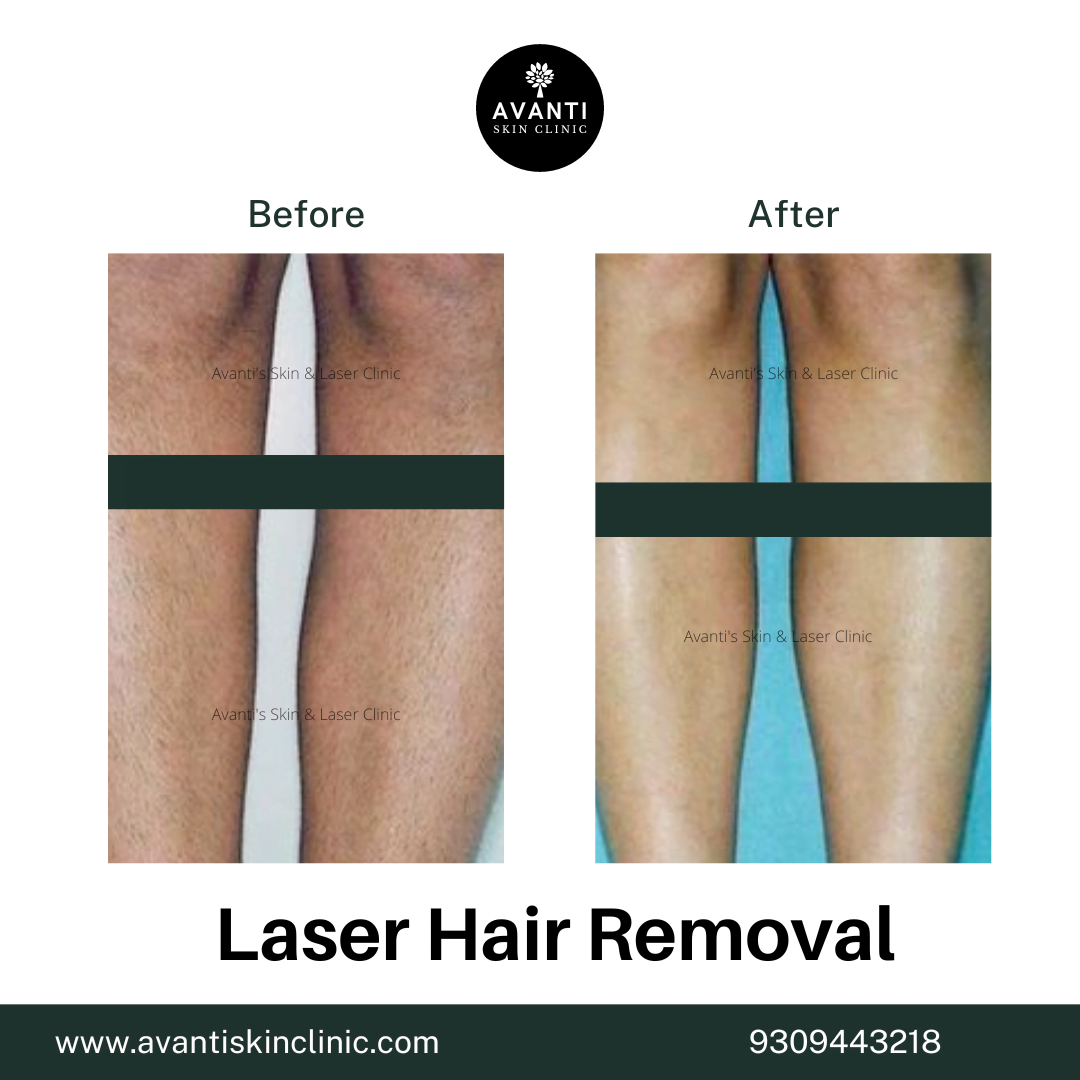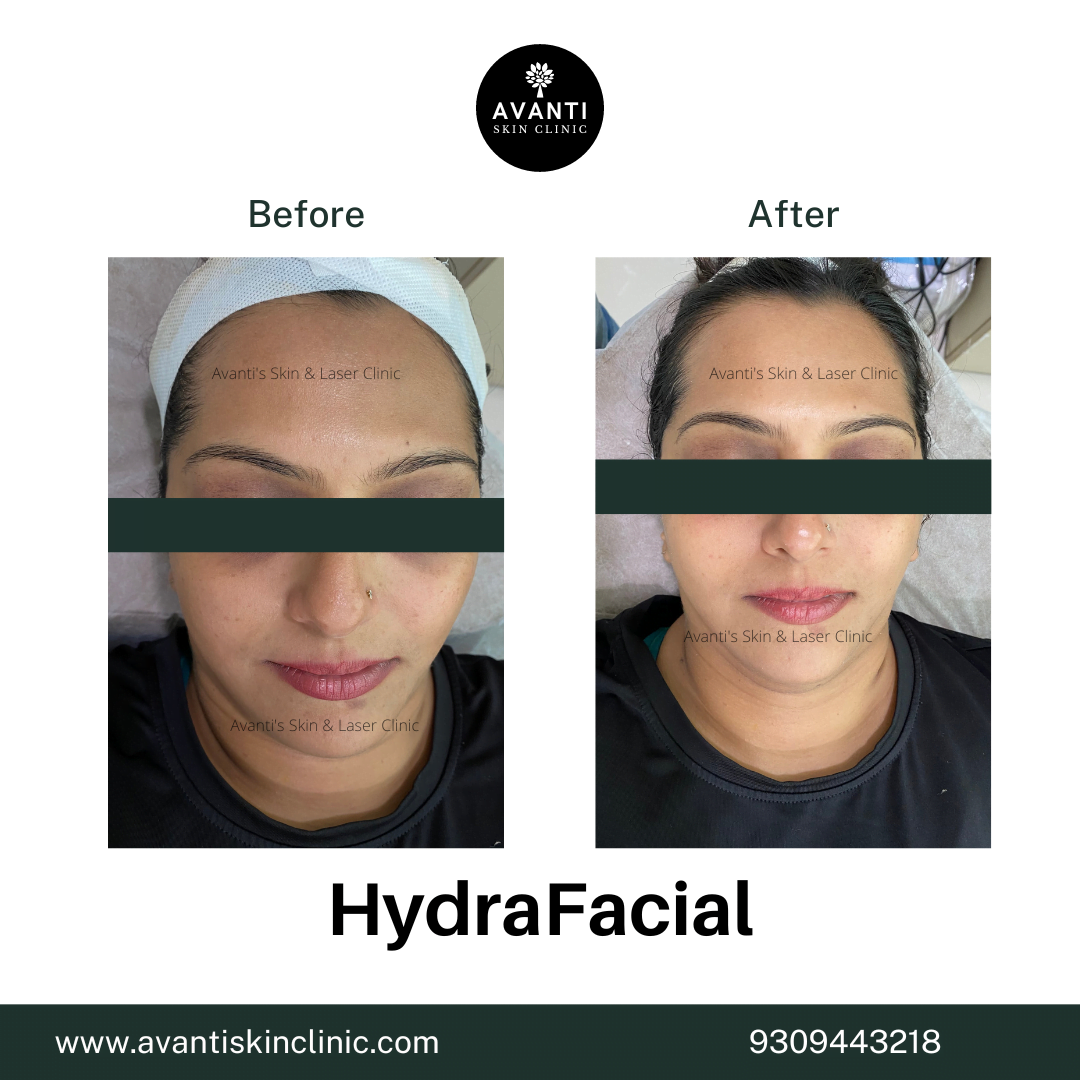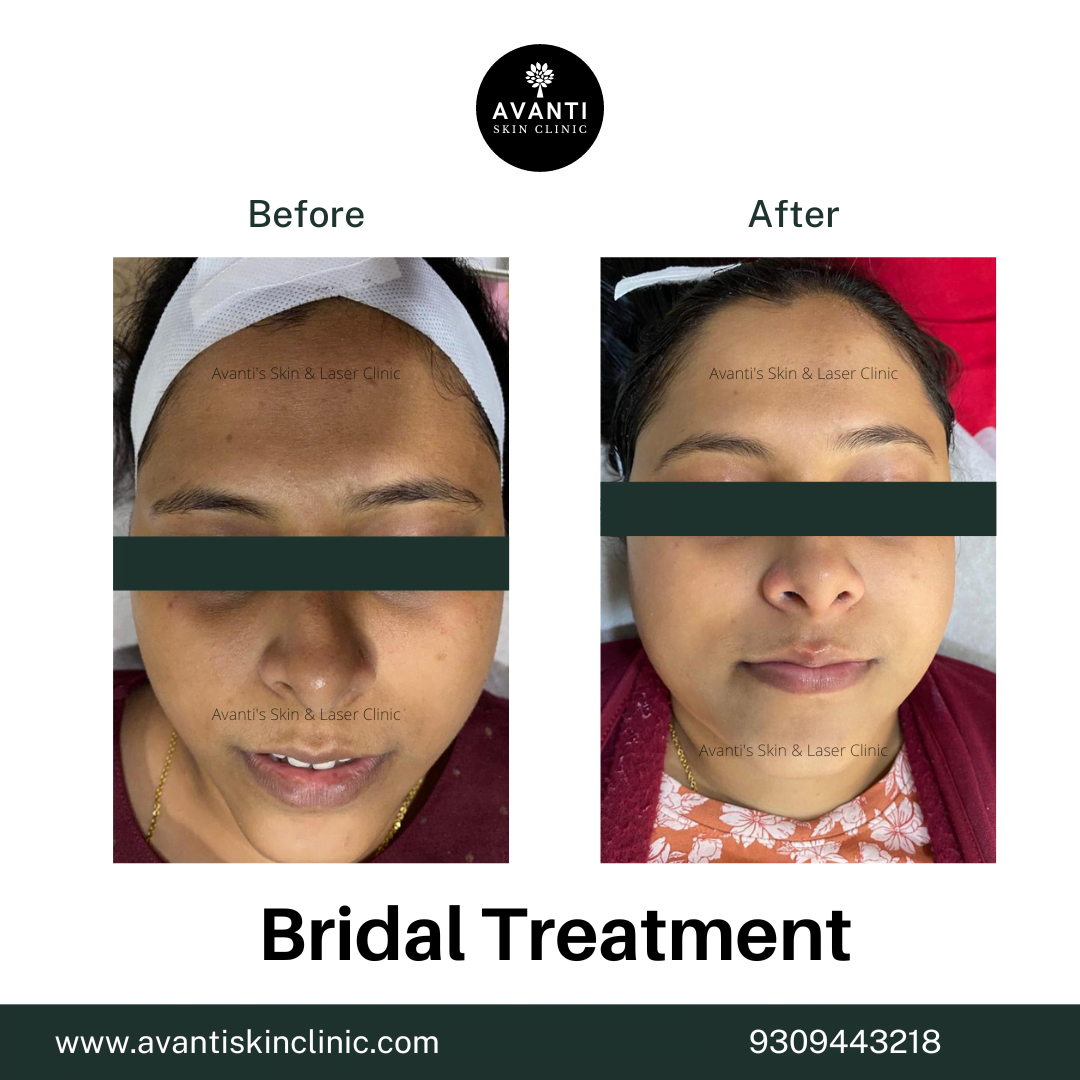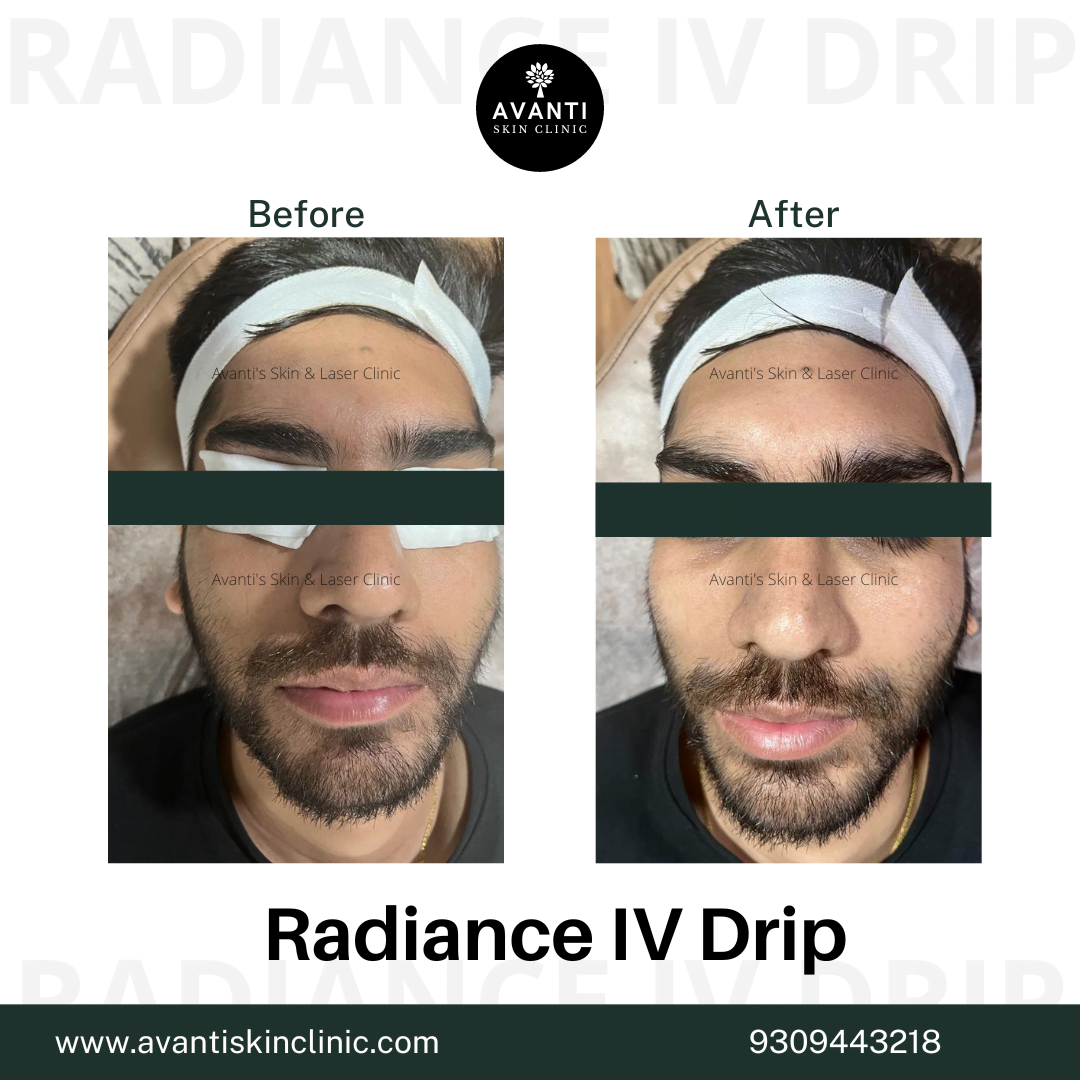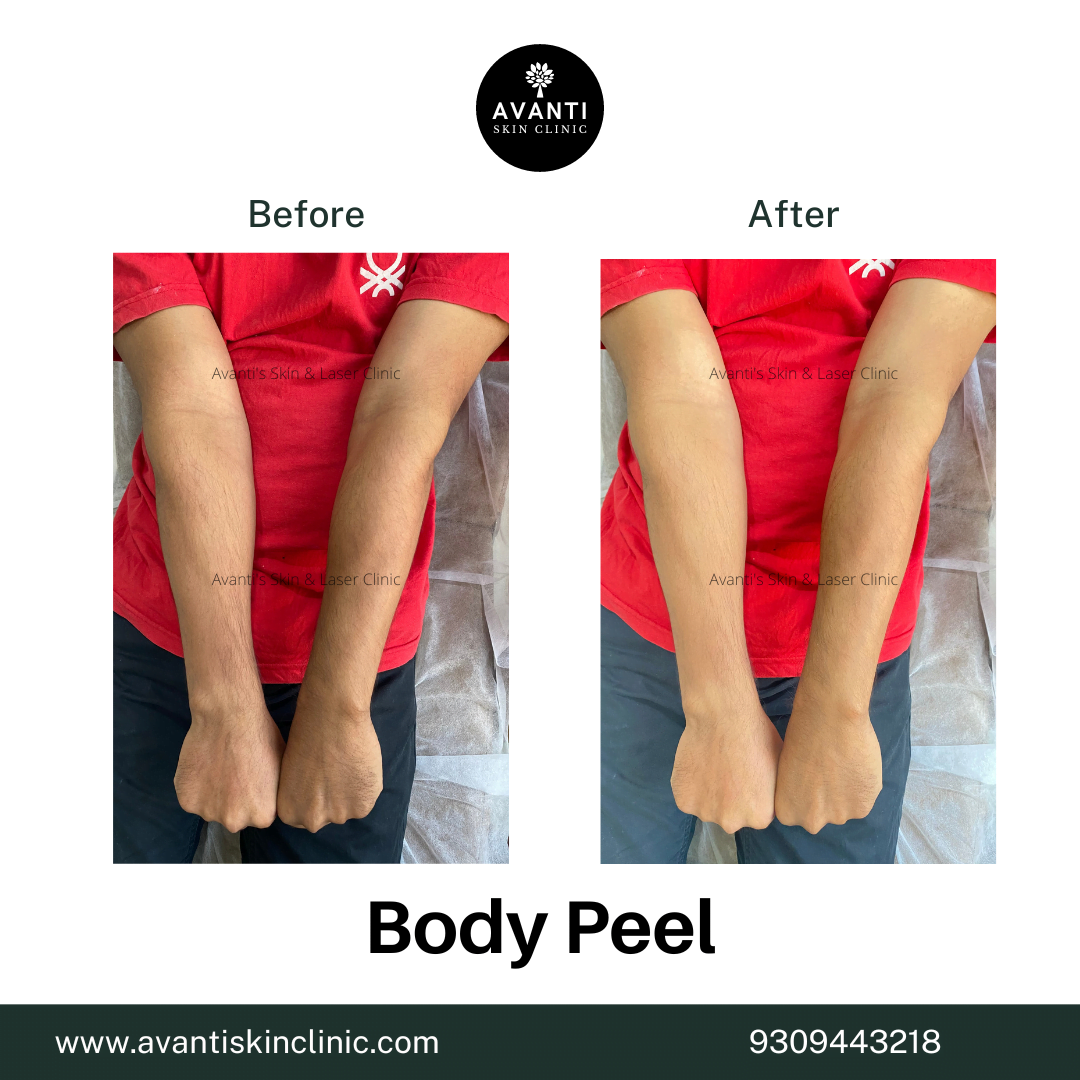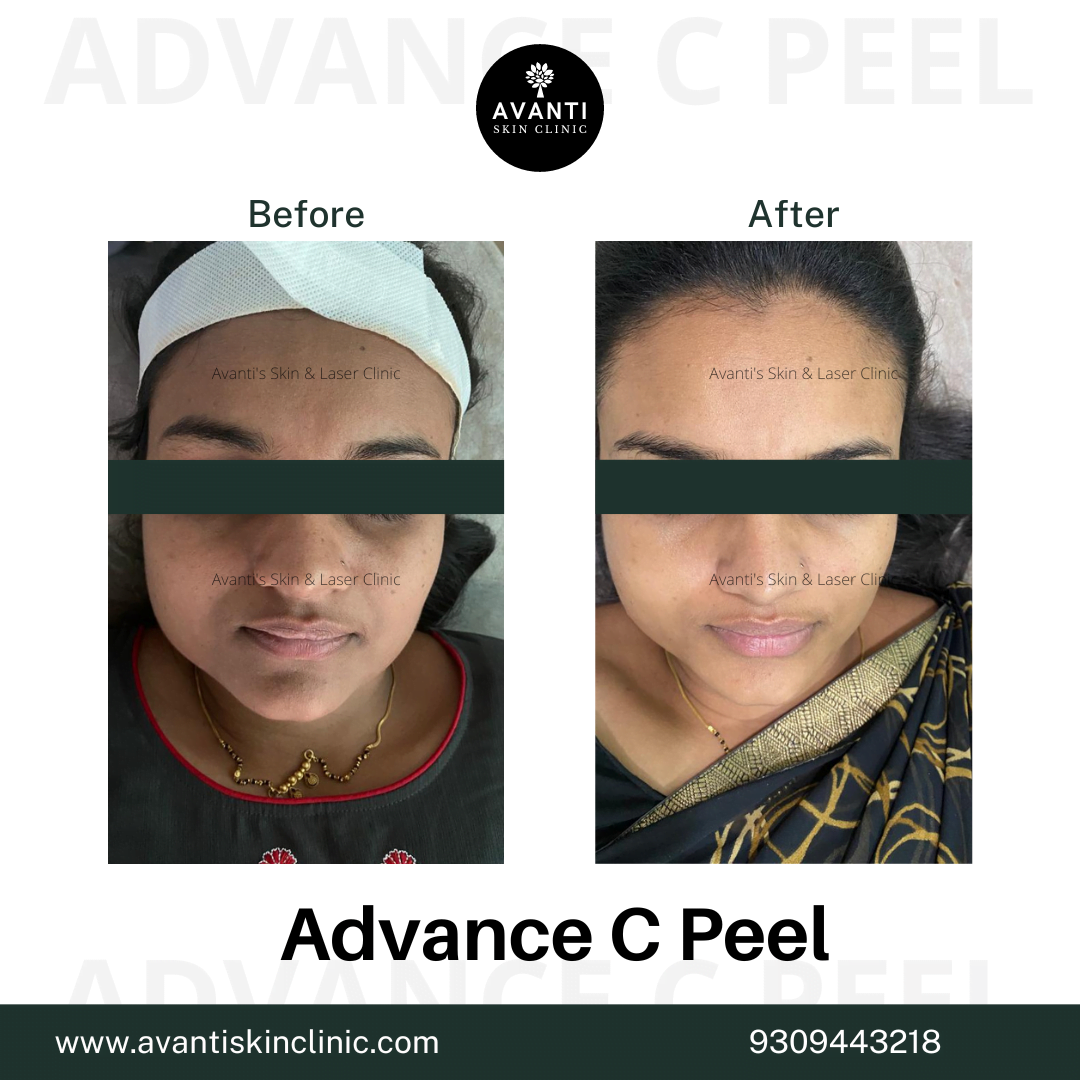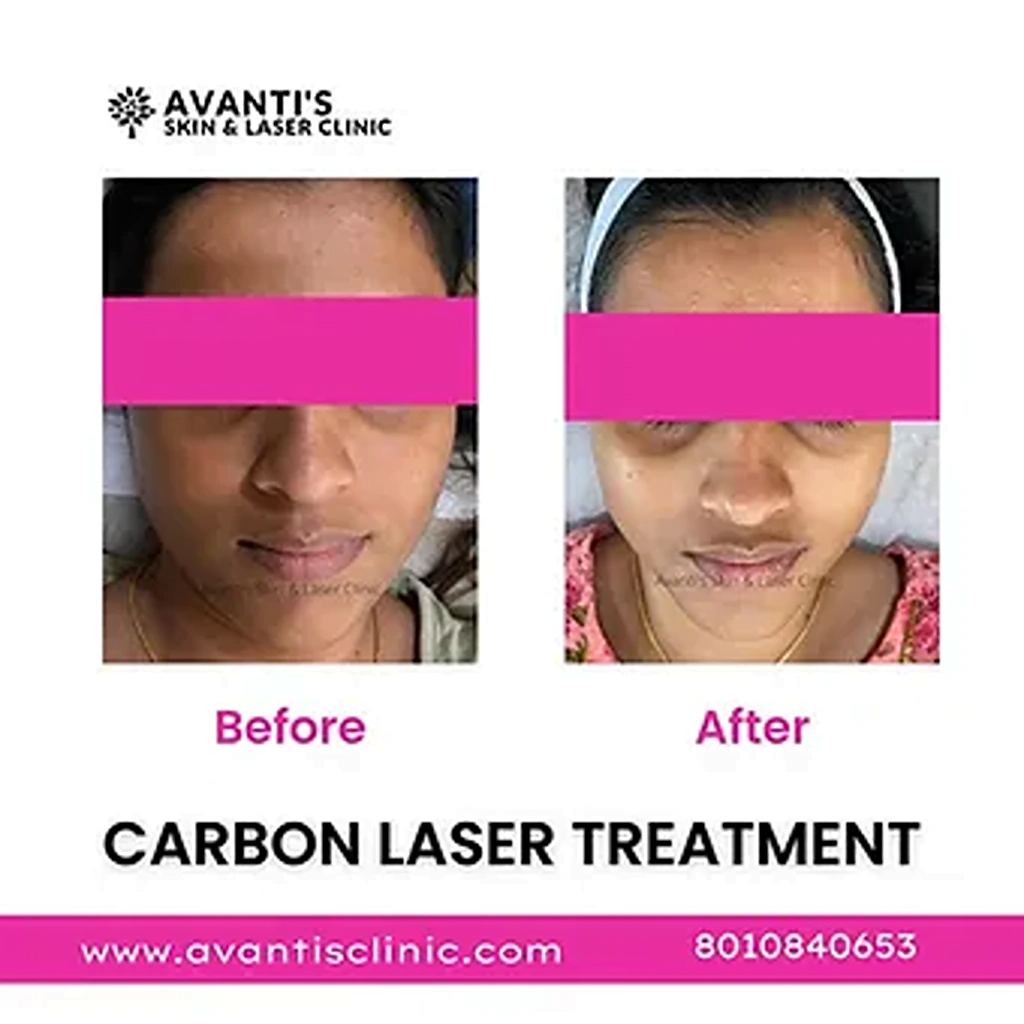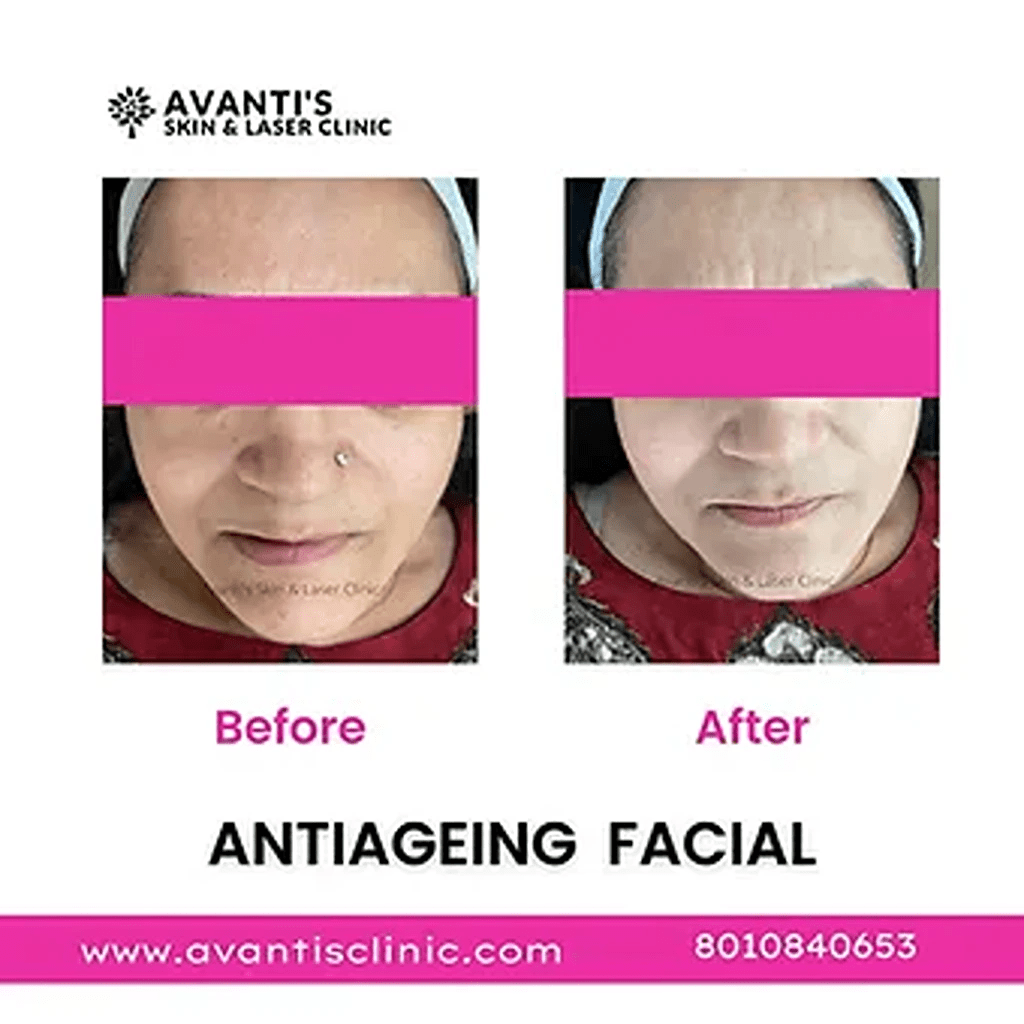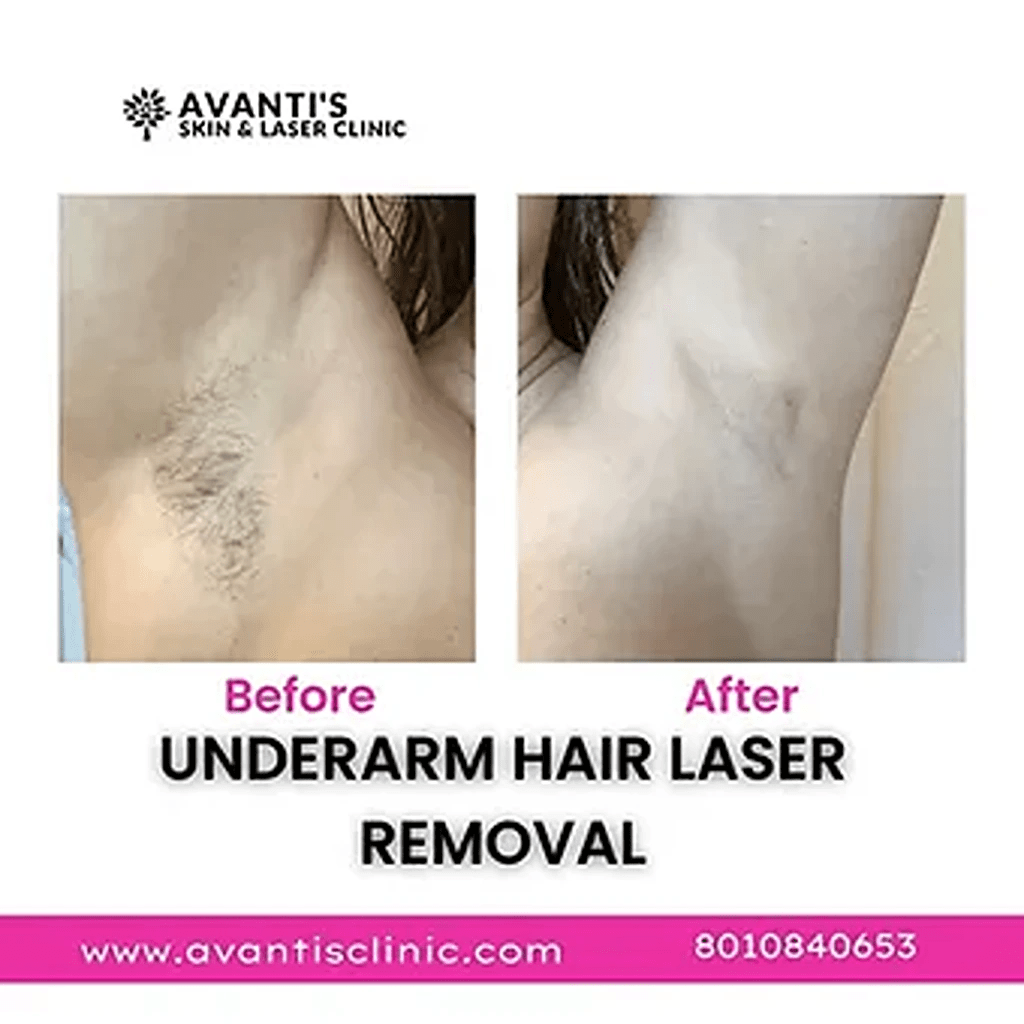Pigmentation on Face: Causes, Types & What You Can Do
Uneven skin tone, dark patches, and stubborn spots are common concerns for many people, and they all fall under one frustrating category: pigmentation. While not dangerous, pigmentation on the face can affect confidence and lead to a seemingly endless search for the right treatment. To find real solutions, it’s crucial to understand what is pigmentation on fac ise, what causes it, and the best ways to address it.
This guide explains everything you need to know about facial pigmentation—from types and triggers to what you can do to achieve clearer, more even-toned skin.
What Is Pigmentation on Face?
Let’s begin by answering what is pigmentation on face. Pigmentation refers to the colouring of your skin caused by melanin, a natural pigment produced by skin cells called melanocytes. When melanin is evenly distributed, your skin appears uniform in colour. However, when production becomes irregular or overactive, patches or spots of discolouration can form, commonly on the face, neck, and hands.
This discolouration is what we refer to as facial pigmentation.
What Is Hyperpigmentation on Face?
While all pigmentation refers to colouring, what is hyperpigmentation on face is slightly more specific. Hyperpigmentation occurs when the skin produces too much melanin, resulting in darker patches or spots compared to the surrounding skin.
There are different forms of hyperpigmentation:
- Sunspots or age spots from UV exposure
- Melasma, often caused by hormones
- Post-inflammatory hyperpigmentation (PIH), which occurs after acne, injury, or skin trauma
Hyperpigmentation is one of the most common types of pigmentation seen on the face and often requires targeted treatment to fade effectively.
What Causes Pigmentation on Face?
Understanding what causes pigmentation on face is key to managing and preventing it. While melanin is a natural protective agent against UV rays, various internal and external factors can disrupt its balance.
Common Causes Include:
- Sun exposure: The most common trigger. UV rays stimulate melanin production, leading to dark spots or sun damage.
- Hormonal changes: Pregnancy, birth control pills, or hormone therapy can trigger melasma.
- Inflammation: Acne, cuts, or burns can lead to post-inflammatory pigmentation.
- Genetics: If your parents have pigmentation issues, you may be more prone to them.
- Medications: Certain antibiotics, chemotherapy drugs, or anti-seizure medications may increase pigmentation.
- Ageing: As the skin matures, it becomes more susceptible to pigmentation due to cumulative sun damage.
So, what is the reason for pigmentation on face can vary from one person to another—but sun exposure and hormonal fluctuations remain the two most influential factors.
Types of Pigmentation on the Face
Knowing the type of pigmentation you have is essential for choosing the right treatment. Here are the most common types:
1. Melasma
Characterised by large, symmetrical patches, often on the cheeks, forehead, or upper lip. It’s commonly hormone-driven and often worsens with sun exposure.
2. Sunspots / Age Spots
Flat, brown patches that develop due to prolonged UV exposure. Usually seen on the face, hands, and arms.
3. Post-Inflammatory Hyperpigmentation (PIH)
Dark spots left behind after acne, cuts, or any kind of skin trauma. More common in people with medium to dark skin tones.
4. Freckles
Small, light brown spots that may darken with sun exposure. Mostly harmless, but an indicator of sun sensitivity.
Each type may require a different approach for treatment, so accurate diagnosis is crucial.
What to Do for Pigmentation on Face
If you’re dealing with uneven tone or stubborn dark spots, you’re probably wondering what to do for pigmentation on face. Fortunately, there are several effective strategies, from skincare products to clinical treatments.
At-Home Solutions:
- Sunscreen: Your number one defence. Broad-spectrum SPF 50+ should be worn daily, even indoors.
- Vitamin C serums: Help brighten the skin and reduce melanin production.
- Niacinamide: Known for lightening dark spots and improving skin barrier function.
- Retinoids: Increase cell turnover and fade pigmentation over time.
- AHAs/BHAs: Gentle exfoliants that help fade dark marks and improve overall tone.
Consistency is key with at-home products, and it may take 8–12 weeks to notice visible improvement.
Professional Treatments:
- Chemical peels: Use acids like glycolic or salicylic to exfoliate and lighten pigmentation.
- Laser therapy: Targets melanin directly, breaking it down without damaging the surrounding skin.
- Microneedling: Stimulates collagen and enhances product absorption, helping reduce PIH.
- Hydrafacial with brightening boosters: Combines cleansing, exfoliation, and serum infusion for a glowing complexion.
Conclusion
So, what is pigmentation on face and how can you deal with it? In essence, pigmentation is the result of uneven melanin production, often triggered by sun exposure, hormones, or inflammation. What is hyperpigmentation on face is a more specific form where certain areas become darker due to excess pigment.
By understanding what causes pigmentation on face and identifying what is the reason for pigmentation on face in your individual case, you can take targeted steps towards treatment. Whether you choose skincare, clinical procedures, or a combination of both, consistency and protection are vital.
Frequently Asked Questions
Pigmentation refers to discolouration or dark patches caused by excess melanin production in specific areas of the skin.
Hyperpigmentation is a condition where parts of the face appear darker than the rest due to overactive melanin production, often triggered by sun exposure, hormones, or inflammation.
Common causes include UV exposure, hormonal imbalances, inflammation from acne or injury, genetics, and certain medications.
This is typically due to post-inflammatory hyperpigmentation, where the skin produces excess melanin after healing from a blemish or wound.
You can try natural remedies like aloe vera, liquorice root, and green tea extract, though clinical treatments and SPF are more effective and reliable.
In many cases, pigmentation can be significantly reduced or cleared with consistent treatment, though ongoing sun protection is essential to prevent recurrence.
Topical treatments may take 8–12 weeks, while professional procedures like lasers or peels may show improvement within 2–4 sessions, depending on severity.

